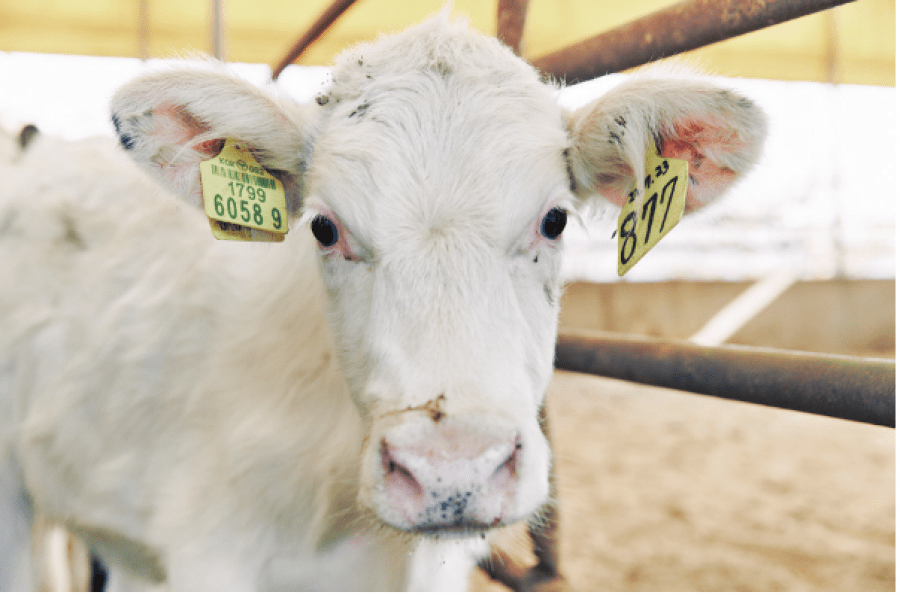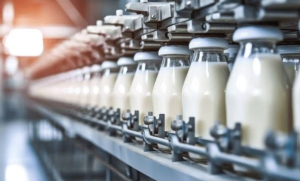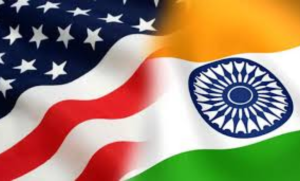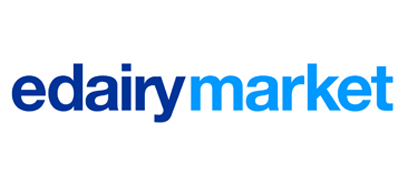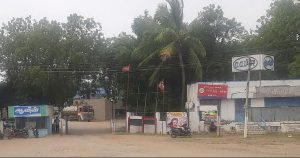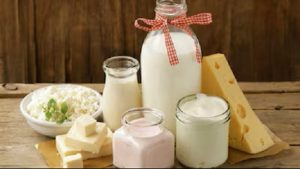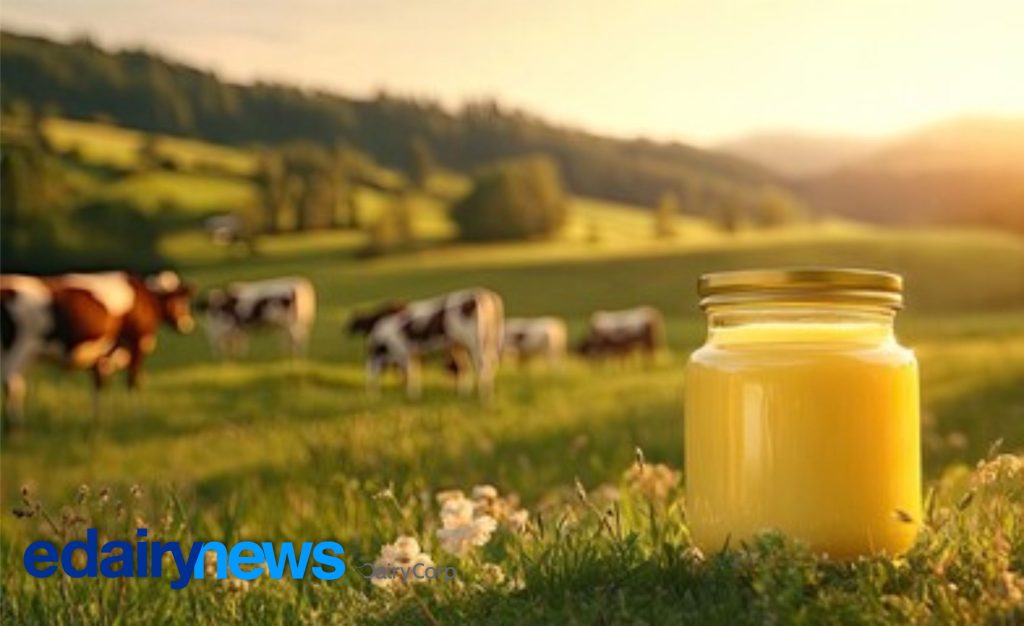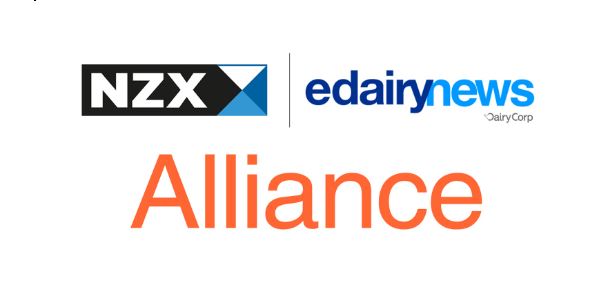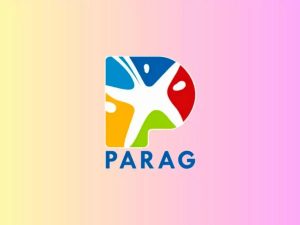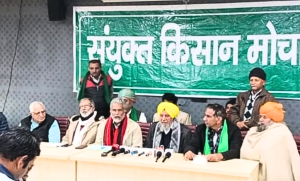
The gift is part of the “Milky Way” project, a joint initiative of Nepal and South Korea to transform Nepal’s dairy industry through genetic improvement of cattle.
The heifers cost $3,000 a head while the bulls cost $200,000 a head in the international market. The estimated cost of transporting the cattle is $500,000. The shipment will arrive by December-end.
According to Heifer International Nepal, a global development organisation which has a mission to end hunger and poverty in a sustainable way, the heifers are expected to give their first calf and start producing milk in the next 18 months.
The milk productivity of the breed is over 30 litres a day, more than three times what the improved variety of cows in Nepal now produce.
The heifers will be given to 50 farmers of Kamalamai Municipality in Sindhuli to establish a model dairy village to strengthen the production and value chain of the dairy industry.
According to a Japan International Cooperation Agency (JICA) report, Sindhuli has enormous potential for dairy farming as an enterprise or pocket area.
As South Korea has a weather range of –10 to 40 degrees Celsius, these cows have wider adaptability to climate.
The first batch of 41 heifers and eight bulls will arrive at Kathmandu’s Tribhuvan International Airport on December 22 by an Asiana Airlines cargo flight from Seoul, the South Korean capital. The flight time is around six hours.
Tonnes of feed and a few technicians and veterinary doctors will also come along with the heifers, according to officials at Heifer International Nepal.
The remaining heifers will be brought in three different consignments on Korean Air’s cargo flight by December-end, according to Heifer officials.
The animals will be quarantined for three to four days at the Nepal Agricultural Research Council office in Khumaltar.
“After the quarantine period is over, they will be sent to Sindhuli and distributed to farmers,” Shubh Narayan Mahato, country director of Heifer International Nepal, told the Post.
The high-genetic breeding bulls will be kept at different National Livestock Breeding offices in Pokhara, Lahan and other areas, which will help alleviate the present deficit of quality bulls for semen collection and distribution, he said.
Officials of Heifer International said that they are in talks with Chinese companies to buy haylage. A few Chinese companies have invested in ventures in Chitwan to produce grass. Haylage or grass is chopped and packed, and it can be used around the year to feed the cattle.
Lack of bulls for high-quality semen and lack of a systematic and sustainable genetic improvement programme are the primary hindrances to the transformation of Nepal’s dairy industry, officials said.
Currently, Nepal’s milk yield of dairy animals is poor. The animals have low productivity.
Cross-bred cows in Nepal produce around nine litres of milk daily. The government’s breed improvement programme lacks a systemic approach and genetic resources.
Nepal’s attempt to import high-quality animal breeds could not succeed over the past several decades due to the prohibitory policies of foreign countries to export genetic resources.
In 2010, Nepal requested the Indian government to provide a special passage for importing cows from India. The high-breed cows were being gifted by Ramdev, founder of Patanjali Yogpeeth. But India’s law prevented the import of the cows.
In 2018, Gandaki province asked the federal government to facilitate the import of nearly 10,000 cows from China as part of its plan to be self-reliant in milk production in three years. But the initiative failed due to the high costs and lengthy process.
“Obviously, it is very difficult to import cattle,” said Chandra Dhakal, senior livestock development officer at the Department of Livestock Services. “It is basically due to the cost factor and international laws that are full of hassles,” he said.
“For example, we have been making efforts to import high-quality breeds of bulls for a long time, but none of the suppliers is interested. They did not even send a cost estimate.”
Dhakal says it’s very expensive to import cattle as they have to be flown on charter flights. “International laws governing the import of animals are also complex.”
Another problem is that the mortality rate of imported cattle is high because it is difficult for them to adapt to a new environment.
“Several factors make it difficult to import animals,” said Dhakal.
In February, the department imported five Jersey and two Holstein bulls from Chicago in the US for breeding improvement.
“It is a good initiative of Heifer International to bring the heifers,” said Dhakal. “Heifer International wants to establish a model dairy village to strengthen the production and value chain of the dairy sector.”
This is not the first time that Heifer International is providing cows and bulls to Nepal.
The organisation headquartered in Arkansas, US initiated the first government import for the public sector dairy promotion in the 1950s when Nepal requested support in livestock development. The imported animals were placed in Singha Durbar, starting the development of the dairy industry with improved breeds.
Heifer International also gifted the cows to South Korea. In the 1970s in South Korea, the daily productivity was barely nine kg per cow.
In 50 years, following Heifer’s initiative, it reached 32 kg with a systematic dairy genetic improvement.
“South Korea is now third in productivity per animal globally because of proper management,” said Mahato, former head of the Department of Livestock Services.
“Nepal can learn from this to transform the country’s dairy industry as we are currently in the position where South Korea was five decades ago,” said Mahato. “But the government alone can’t help the sector boom. The private sector needs to come on board.”
Nepal has received or imported improved breeds of cattle from time to time. In 1917, Junga Bahadur Rana, the then prime minister of Nepal, imported special types of cows from England in the first recorded import of cattle.
Since then, there have been multiple attempts to promote exotic breeds through selective breeding, but the system has not been as efficient as expected.
In Nepal, a 2020 study estimated that a Nepali consumes 72 litres of milk and dairy products annually, while the recommended requirement is 91 litres.
The Department of Livestock Services estimates that the milk deficit will likely worsen as the growth of dairy products, which is four percent annually, is not keeping pace with the growing demand of eight percent annual growth.
Overall milk production is relatively low due to poor genetic potentials, poor feeding, and a poor health care system.
According to the Ministry of Agriculture and Livestock Development, Nepal produced 2.47 million tonnes of milk in fiscal 2020-21.
